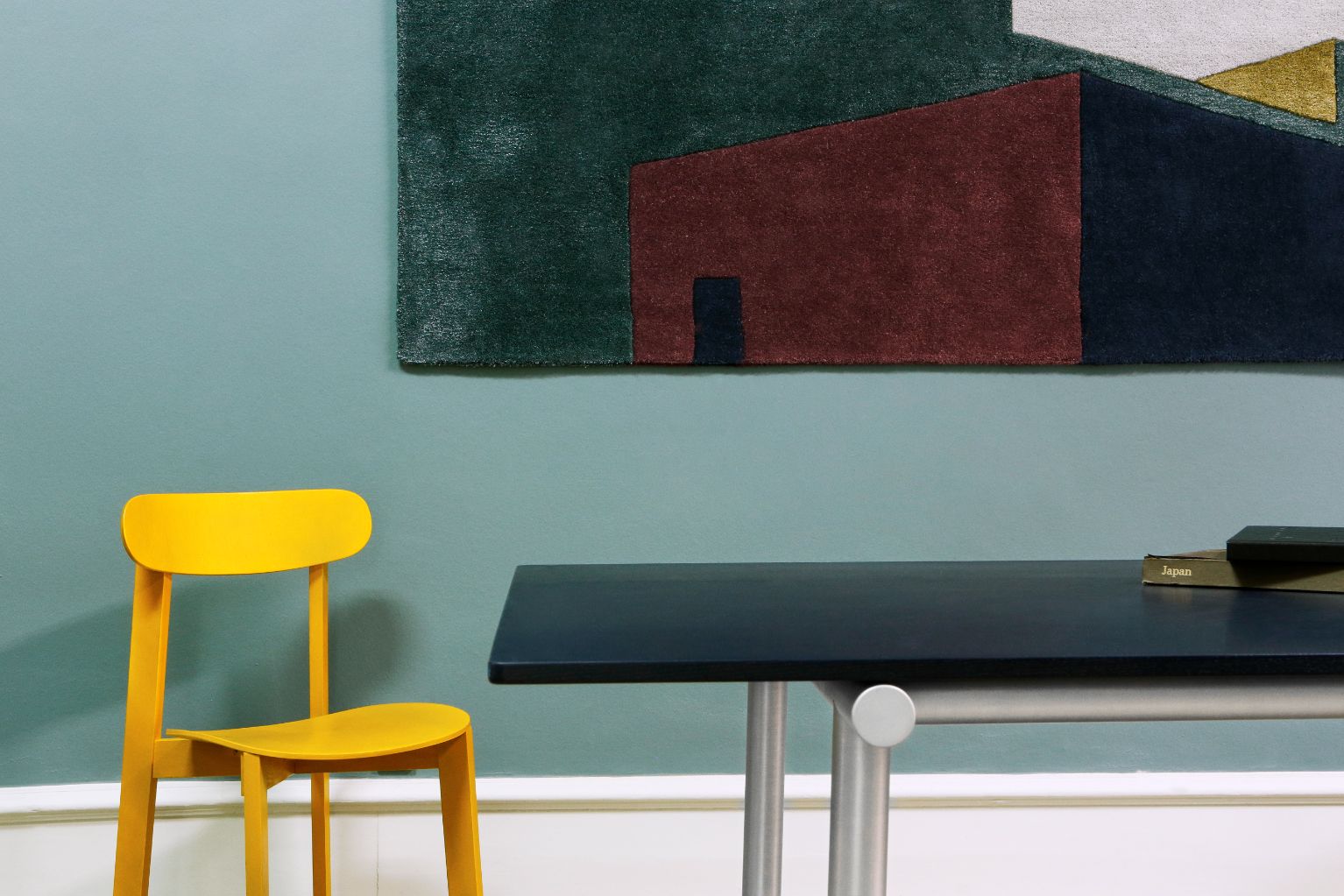
‘It allows a new generation of consumers to have access to the iconic design objects from our past’ – Keinton Butler on Cult’s Cultivated service
‘It allows a new generation of consumers to have access to the iconic design objects from our past’ – Keinton Butler on Cult’s Cultivated service
Share
The sheer quantity of furniture thrown out by Australians each year inspired Australian furniture retailer Cult to kick-start a complete sustainability program that offers buyback, refurbishment and recycling services.
Titled Cultivated and established in 2013, the program believes “that one of the best strategies for sustainable living is to make and buy things that last.”
“Cultivated is available across all of our products. Anything from an About a Lounge chair that’s a couple of thousand dollars right up to our top pieces, so the focus isn’t really on those heirloom pieces,” explains Cultivated brand manager Joshua Ellis.
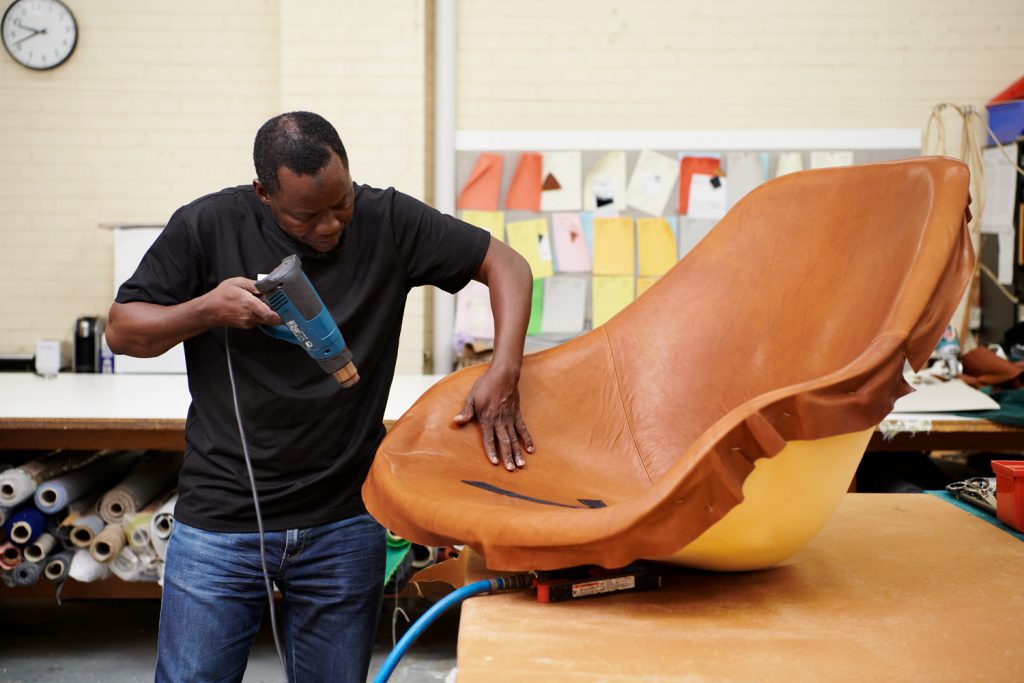
“It’s about keeping chairs and lights and furniture in general away from the roadside and out of landfill.”
Powerhouse Museum senior curator of design and architecture Keinton Butler is also a long-time advocate for authentic design. Possessing a background in furniture design and technology, Butler is particularly passionate about discovering and promoting solutions that reduce unsustainable practices in the furniture industry.
Speaking to ADR, Butler shares how sustainable programs like Cultivated encourage consumers to have “greater access to the iconic design objects from our past” without contributing to excessive waste.
ADR: Conventionally speaking, interior design is often considered as being a major contributor to waste and consumption. Why do you think this is?
Keinton Butler: The production of low-quality, disposable household objects such as furniture and electronics has contributed to many of the environmental challenges we now face. Unsustainable practices in manufacturing, including excessive energy and water usage, continue to cause concern, as does waste production.
Parallels can be drawn with the furniture and fashion industries in this regard, however, in many ways, the global fashion industry has demonstrated the most reform. Fashion brands, aware of their products’ long-term environmental impact have been increasingly transparent about their supply chains – for example by publishing annual sustainability or ‘responsibility’ reports and seeking third-party certifications. I would like to see more from furniture manufacturers and a greater shift towards responsible product design.
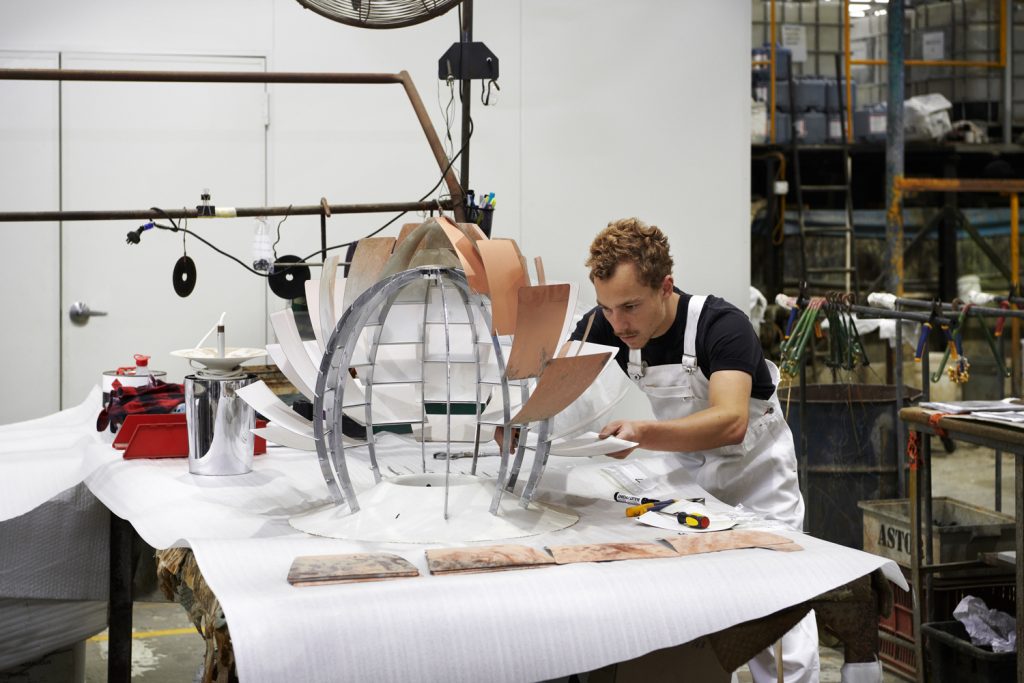
What changes do you recommend to make interior design more sustainable?
There isn’t one solution to this complex issue, however, key considerations should include reducing emissions, eliminating waste and pollution, and improving product end of life. An area for potential change is in material innovation, products manufactured from sustainable materials and renewable resources. The development of material technologies is an exciting area of research for interior design, both for building materials and furniture production. Sustainable materials are key to circular design principles and if we can achieve widespread use by the design industry, we could enter a period of product innovation not seen since the adoption of synthetic materials and plastics.
As part of an exhibition I curated in 2018, I developed a sustainable materials library to explore how new materials could offer alternatives to synthetic or human-made polymers while addressing the parallel issue of industrial, agricultural and consumer waste. Examples from across the Asia Pacific region included the use of Agar (a substance derived from algae) combined with seashell waste to create a construction material, human hair as a substitute for diminishing materials such as tropical wood, and an interior wall cladding made from corn husks to provide acoustic and thermal insulation. Locally, UNSW’s Veena Sahajwalla has been combining textile waste and glass to produce ‘green ceramics’ that can be used in furniture or decorative wall tiles.
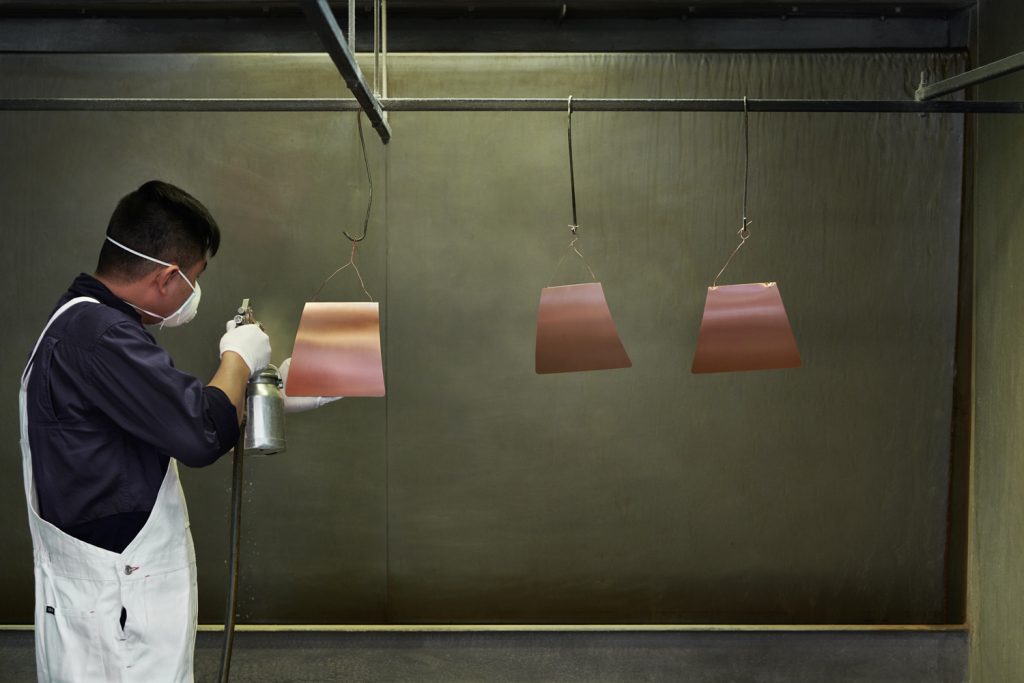
Can you share your history of sustainable consumption?
I spent my formative years in rural NSW, living off-grid in a mud-brick house that my family helped to build. This early introduction to sustainable living undoubtedly influenced my worldview, and I try to honour these principles in my daily life – whether it’s as a consumer of interior design, food or fashion.
Interestingly, many of the architectural concepts that my family adopted – which were inspired by the counterculture movements of the 1970s, would be considered mainstream today. For example, home rainwater harvesting systems and solar panels are now widely used, and natural construction materials such as rammed earth and ‘passive houses’ are gaining in popularity.
Architects have been actively engaged in the design of sustainable buildings for decades, however, manufacturers of household objects have been slower to respond to growing environmental challenges. Attitudes are changing however, educated consumers are now demanding products that are produced sustainably and ethically.
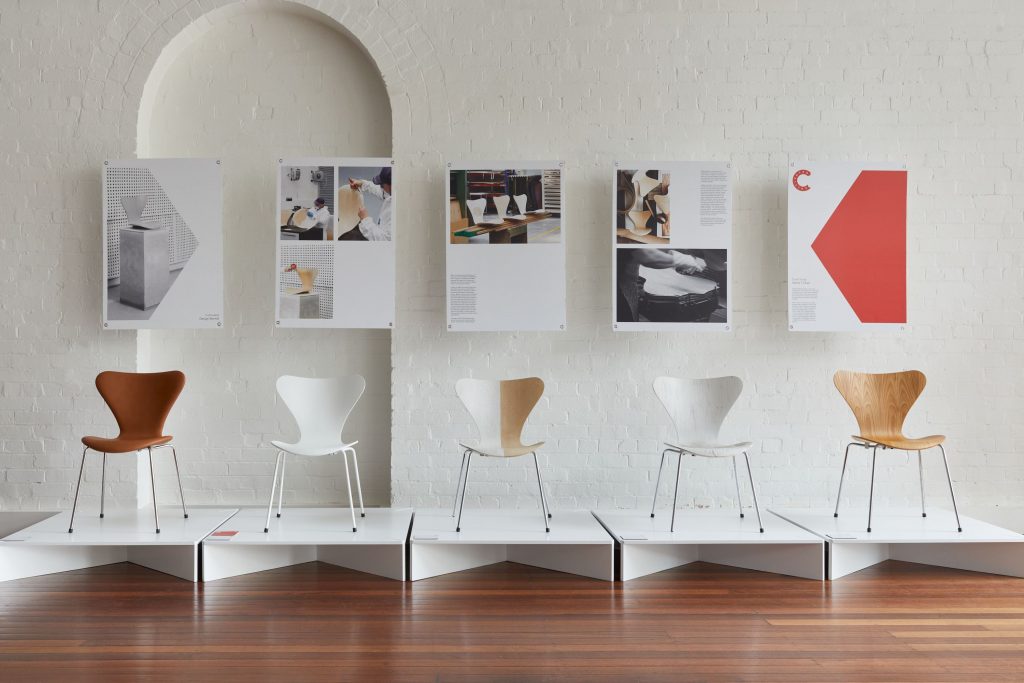
Why are you an advocate of buying once and buying well?
Furniture design and production have been an interest of mine for many years. Before I became a design curator, I studied Furniture Technology at RMIT University in Melbourne. I understand the complexities of making furniture, and the materials and skilled labour required to create a quality product. I have always believed it is worth investing in quality furniture, whether it’s a new product by a contemporary designer or a vintage piece.
Over the years, I have collected many vintage furniture pieces, including a much-loved Danish leather sofa from the 1960s, a desk designed by Norman Foster in the 1980s and a set of chrome-framed Italian dining chairs from the 1990s. Despite their age, these treasured design objects are still fully functional and look beautiful. Of course, the value of these objects goes beyond monetary – objects such as these become embedded with personal histories and if maintained, they can last a lifetime or can even be left for the next generation to enjoy.
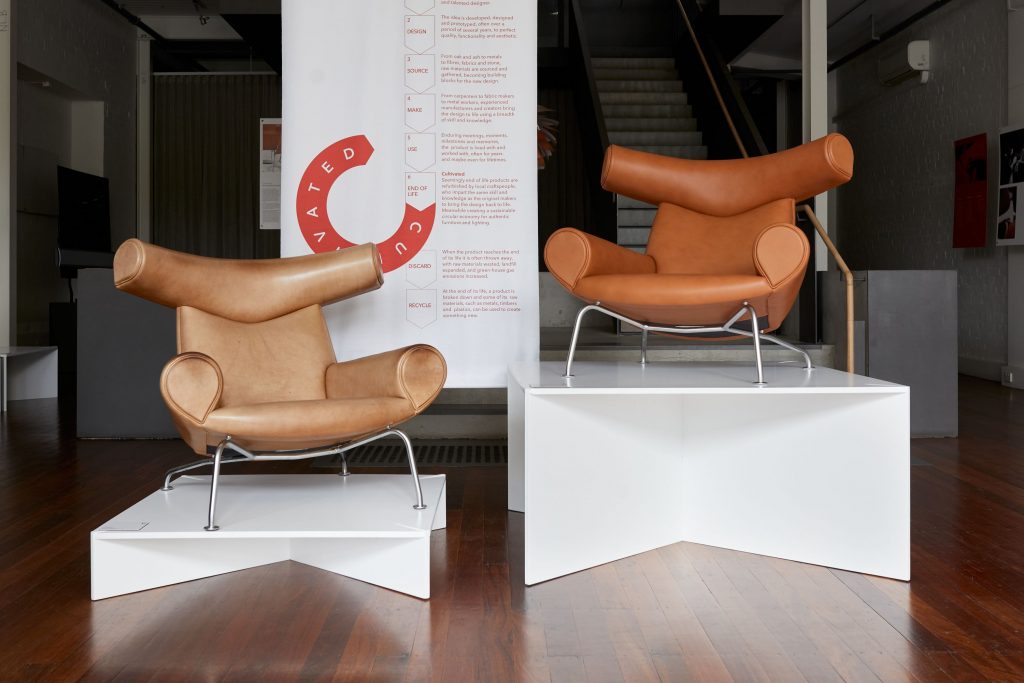
Cult’s Cultivated program provides buyback, refurbishment and recycling services for authentic designer furniture, with the aim of promoting a circular economy system of consumption. Why are programs like this important?
Arguably, the most sustainable approach to manufacturing would be to stop making new products! The levels of mass production seen over the last century are unsustainable and we urgently need to look at initiatives that will reduce global consumption. However, with an emerging middle class in some of the world’s most populated countries, we are actually seeing rapid growth in production.
Designing for longevity is key, but manufacturers also need to take responsibility for a product’s end of life. A circular economy is important as it enables us to address critical challenges, such as global emissions, waste and pollution.
Another aspect of manufacturing that is often overlooked is forced labour. That is, ensuring fair wages and good working conditions for the makers of furniture and textiles – products associated with a high risk of bonded labour.
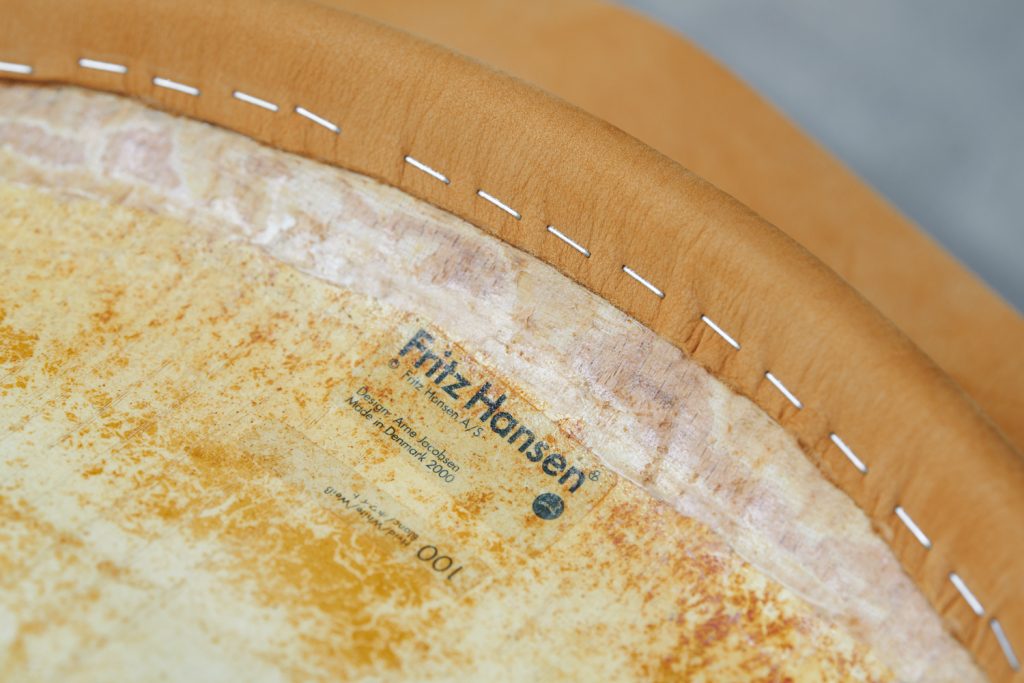
What misconceptions do you think exist surrounding sustainable design choices? How can programs like Cultivated dispel these misconceptions?
I imagine a common misconception that exists around socially responsible or ‘eco-design’ choices is that the consumer must compromise on style or aesthetic, which is not the case.
Although there are more design solutions than ever, consumers should continue to put pressure on manufacturers to offer products that are durable, recyclable and made from renewable materials. Furthermore, refurbishment programs such as Cultivated allow a new generation of consumers to have greater access to the iconic design objects from our past.
Learn more about Cult’s Cultivated sustainability program and explore Cultivated Sustainability Stories case studies here.
You Might also Like

